Smart Buck 3 Click
R640.00 ex. VAT
Smart Buck 3 Click is a compact add-on board that contains a high-frequency synchronous step-down DC-DC converter. This board features the TPS62366A, a processor supply with I2C compatible interface and a remote sense from Texas Instruments. As input, it uses voltages in the range of 2.5V up to 5.5V, including support for common battery technologies. As output, the converter can scale voltage from 0.5V up to 1.77V in 10mV steps, retaining up to 2.5A peak output current, operating at 2.5MHz of the typical switching frequency. This Click board™ makes the perfect solution for the development of DSPs power supplies, portable devices, dynamic voltage scaling, and more.
Smart Buck 3 Click is fully compatible with the mikroBUS™ socket and can be used on any host system supporting the mikroBUS™ standard. It comes with the mikroSDK open-source libraries, offering unparalleled flexibility for evaluation and customization. What sets this Click board™ apart is the groundbreaking ClickID feature, enabling your host system to seamlessly and automatically detect and identify this add-on board.
Stock: Lead-time applicable.
| 5+ | R608.00 |
| 10+ | R576.00 |
| 15+ | R544.00 |
| 20+ | R523.52 |


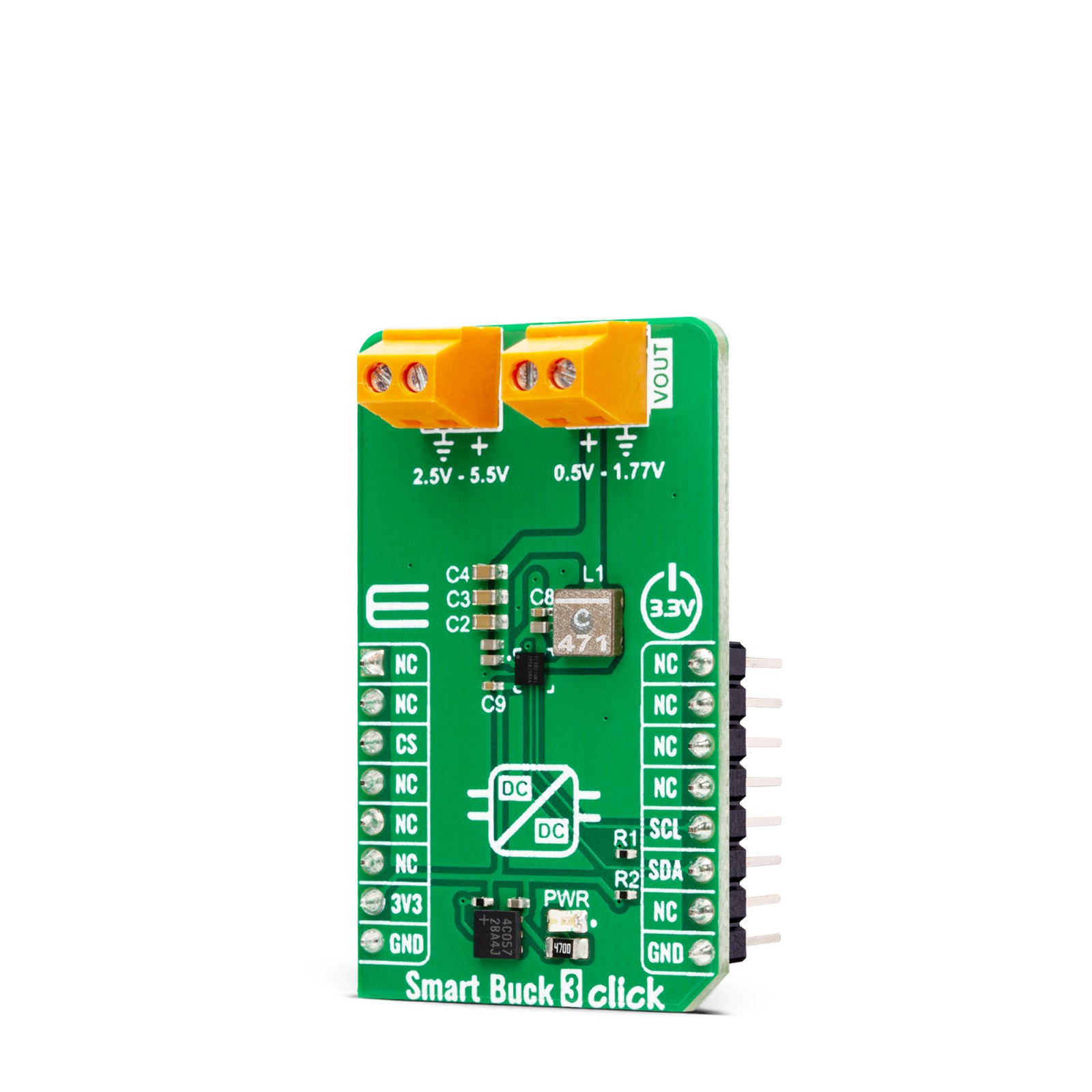
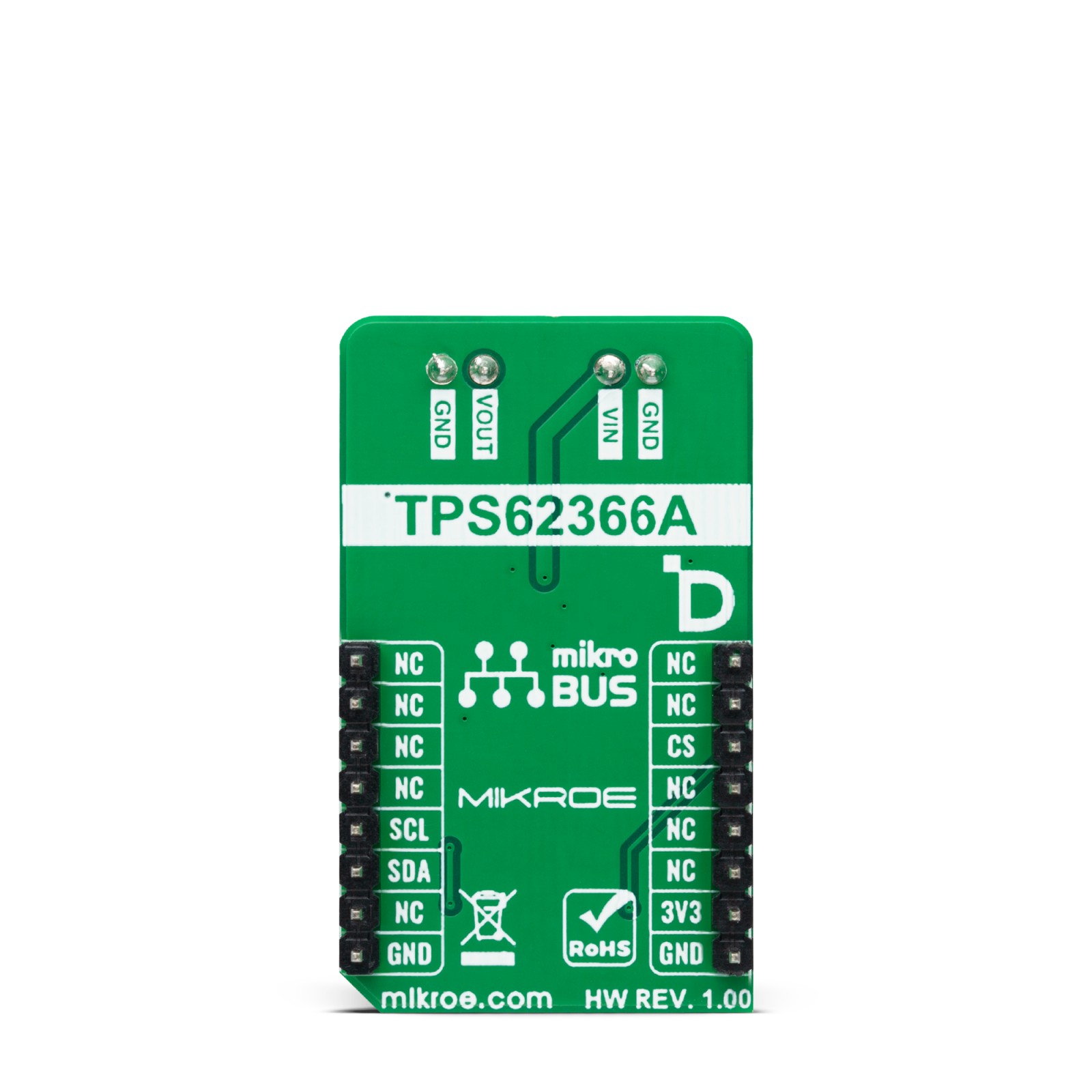
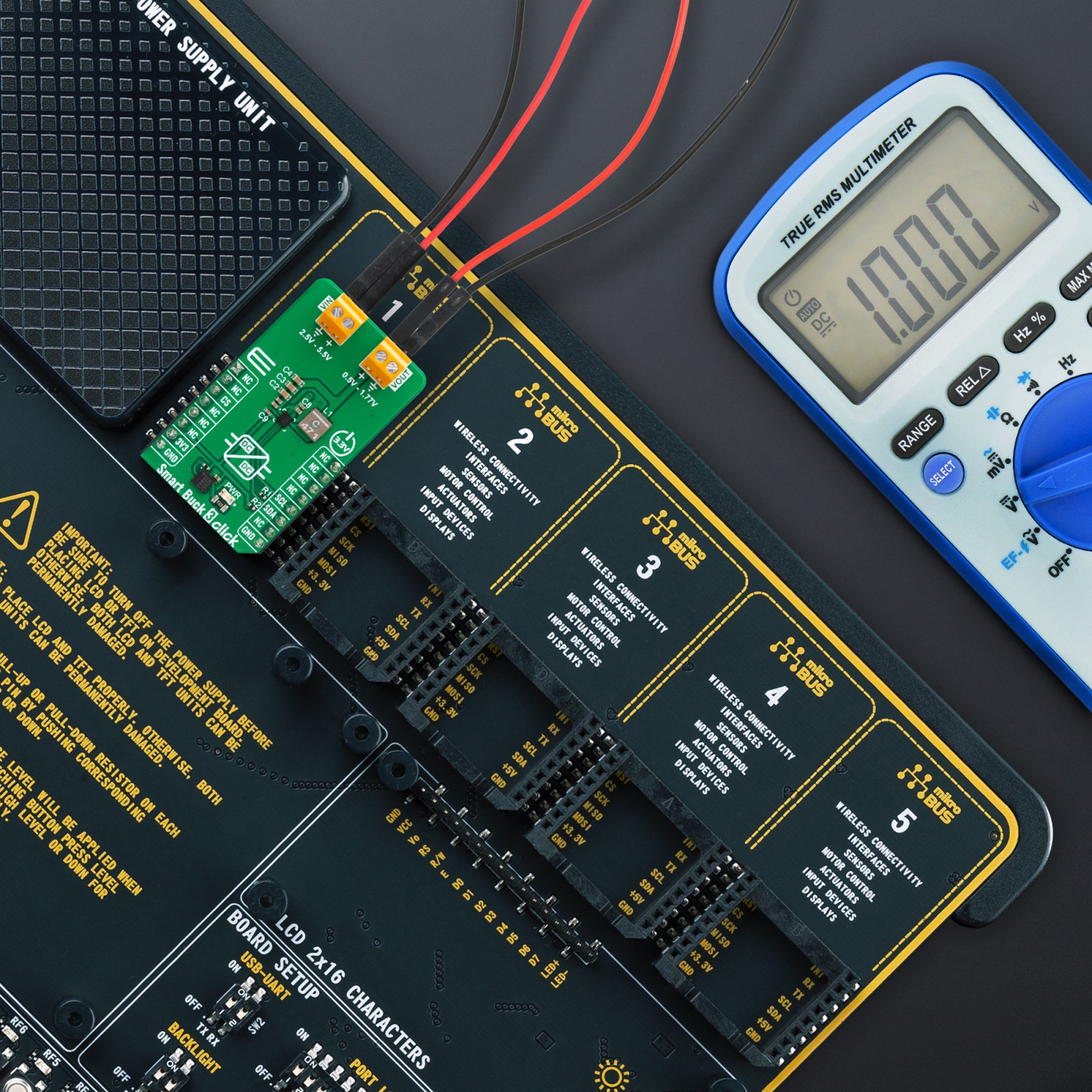



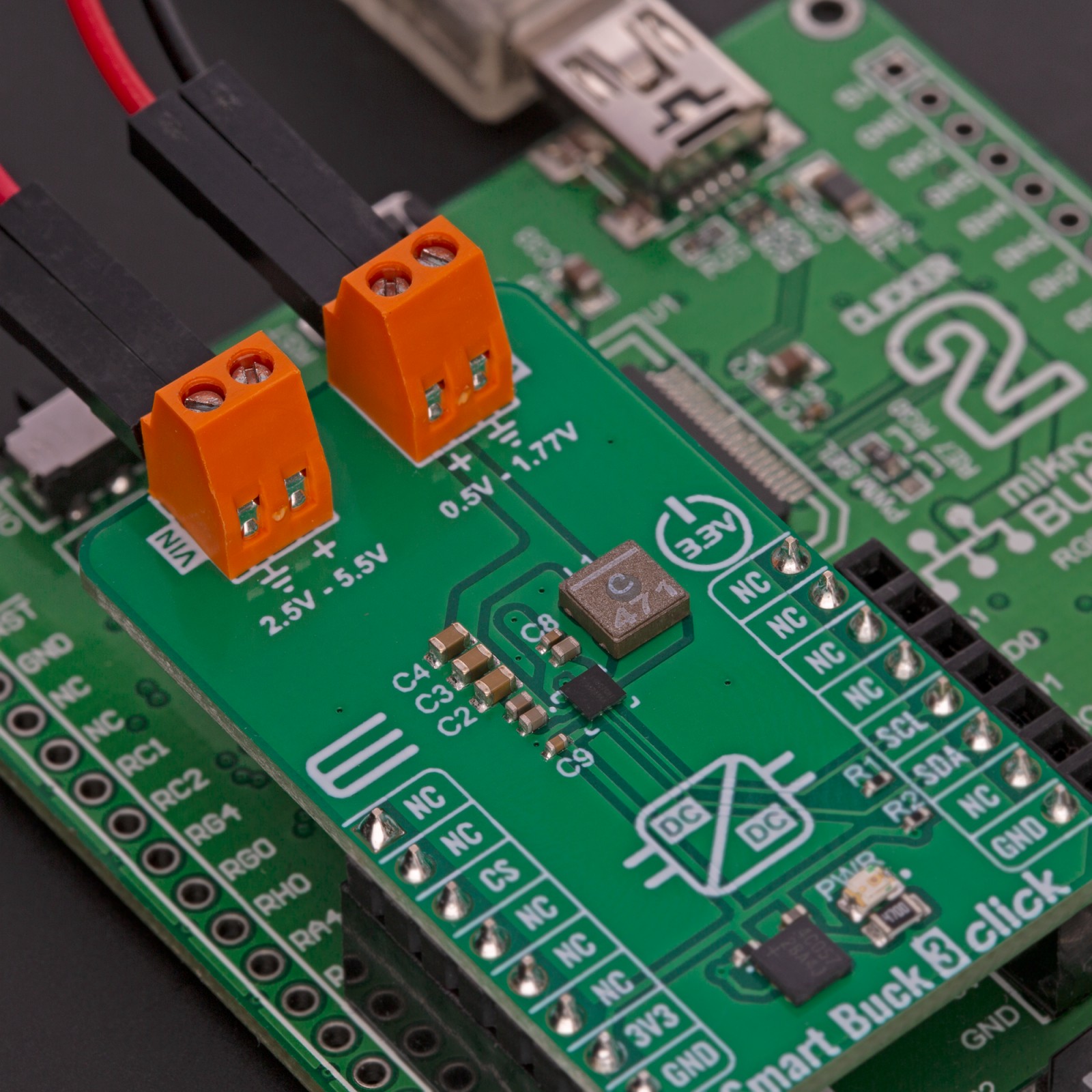

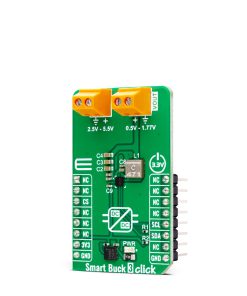


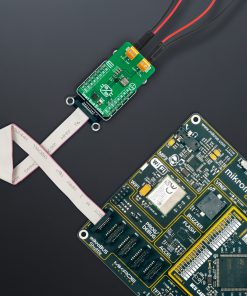
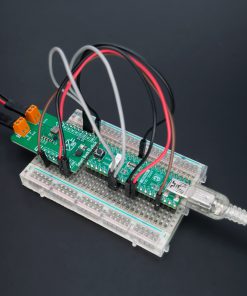
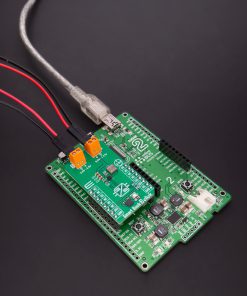
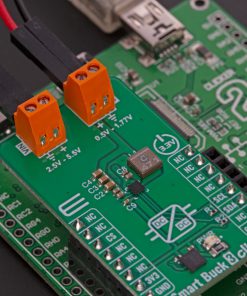
.jpg)








